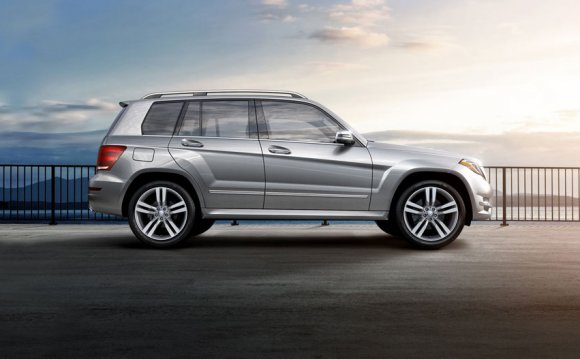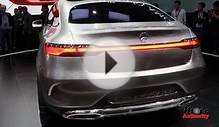
Standard safety innovations include radar-based COLLISION PREVENTION ASSIST PLUS with autonomous braking, and ATTENTION ASSIST® to help sense a drowsy driver. Available Blind Spot and Lane Keeping Assists help make highway driving easier and safer. And optional DISTRONIC PLUS® cruise control automatically adapts to the flow of traffic.
COLLISION PREVENTION ASSIST may not be sufficient to avoid an accident. It does not react to certain stationary objects, nor recognize or predict the curvature and/or lane layout of the road or every movement of vehicles ahead. It is the driver's responsibility at all times to be attentive to traffic and road conditions, and to provide the steering, braking and other driving inputs necessary to retain control of the vehicle. Drivers are cautioned not to wait for the system's alerts before braking, as that may not afford sufficient time and distance to brake safely. Autonomous braking operates at speeds up to approximately 65 mph.
Driving while drowsy or distracted is dangerous and must be avoided. ATTENTION ASSIST may be insufficient to alert a fatigued or distracted driver of lane drift and cannot be relied on to avoid an accident or serious injury.
Blind Spot Assist may not be sufficient to avoid all accidents involving vehicles in your blind spot and does not estimate the speed of approaching vehicles. It should not be used as a sole substitute for driver awareness and checking of surrounding traffic conditions.
Driving while drowsy or distracted is dangerous and must be avoided. Lane Keeping Assist may be insufficient to alert a fatigued or distracted driver of lane drift and cannot be relied on to avoid an accident or serious injury.
DISTRONIC PLUS® adaptive cruise control is no substitute for active driving involvement. It does not react to stationary objects, nor recognize or predict the curvature and lane layout of the road or the movement of vehicles ahead. It is the driver's responsibility at all times to be attentive to traffic and road conditions, and to provide the steering, braking and other driving inputs necessary to retain control of the vehicle. Drivers are cautioned not to wait for the DISTRONIC Proximity Warning System before braking, as that may not afford sufficient time and distance to brake safely. After braking the car for stopped traffic ahead, system resumes automatically only if traffic pauses for less than 3 seconds.
RELATED VIDEO












